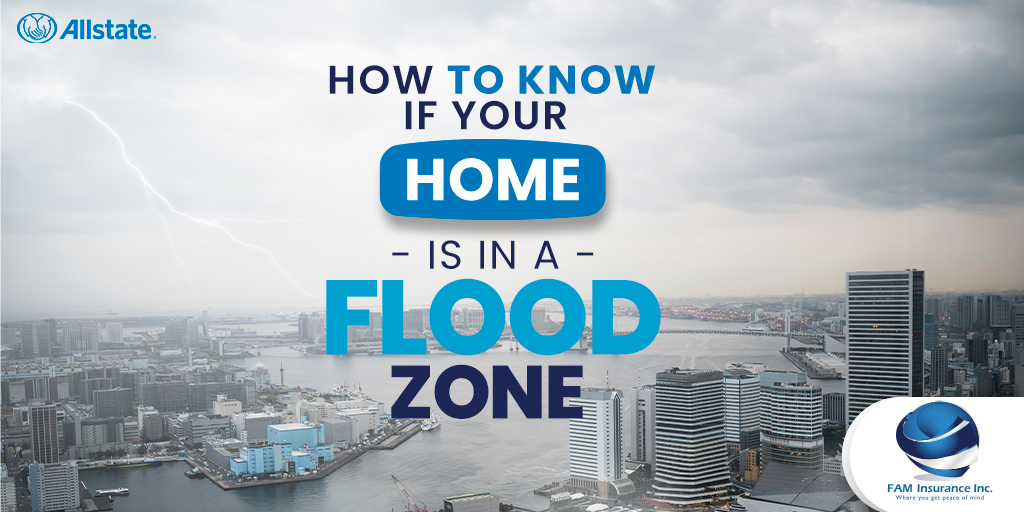No matter where you live, you’re at some risk for flooding, but certain areas are more likely to experience a flood than others. Here are some ways you can start to assess the risk in your area.
Do I live in a flood zone?
Technically, everyone lives in a flood zone. That’s because a flood can happen anywhere, at any given time. All 50 states experience flooding, according to the Federal Emergency Management Agency (FEMA).
What you’re probably trying to determine, though, is whether your property is located in an area that’s considered higher risk of flooding.
A good way to figure that out is on a FEMA flood map. The map shows each community’s risk of flooding, including specific flood zones and their boundaries. Simply enter your address on the flood map to pull up a record of your area. Flood maps may also be available from local government offices, courthouses and libraries, according to the Federal Alliance for Safe Homes (FLASH).
How to read a flood map
If your home is in an area that’s considered low risk for flooding, for instance, the map will likely spell that out with an “Area of Minimal Flood Hazard” notation across the geographic area. Locations with a high risk for flooding are marked as “Special Flood Hazard Area.”
FEMA also groups communities into specific flood zones, each represented by a different letter of the alphabet. For example, higher-risk areas are typically labeled with codes that begin with the letters A and V, FEMA says, while moderate- and lower-risk areas have zones beginning with B, C or X.
Do I need flood insurance?
Depending on which flood zone you live in, you may be required by your mortgage lender to have flood insurance (a homeowners policy typically doesn’t protect you against flooding).
But even if you’re not required to buy flood insurance, you may still want to consider a policy because, according to FEMA, about 25 percent of flood claims come from properties that are not in high-risk flood zones.
Keep in mind that flood maps can change over time. It can be helpful to stay in touch with your insurance agent and stay aware of any proposed changes to the FEMA flood map in your community. Development, wildfires and other forces may change how water drains in your community. These changes may affect the risk of flooding in your area, and can change your need or requirement for flood insurance.
By staying informed about your area’s flood risk and taking precautions, such as purchasing flood insurance, you may be better prepared if a flood ever does threaten your area.

